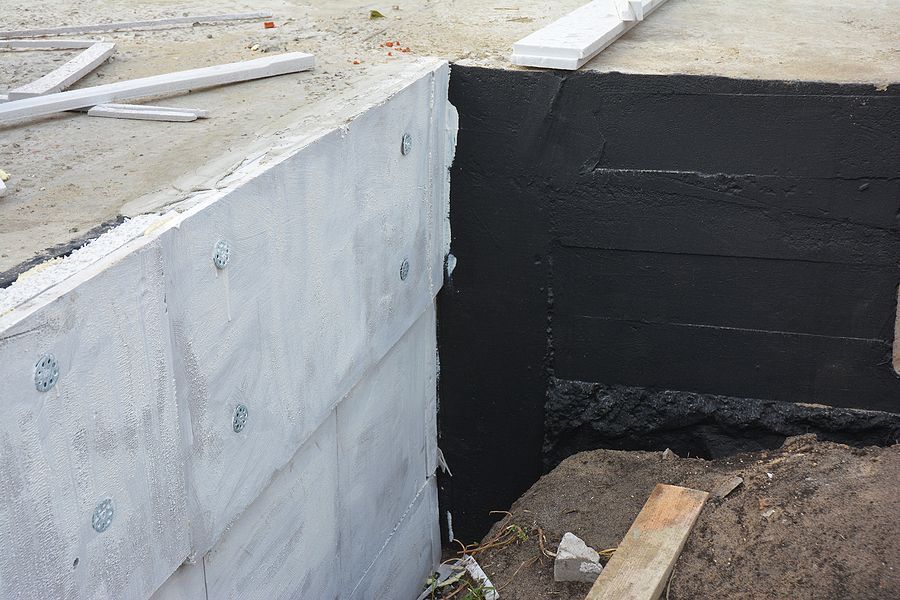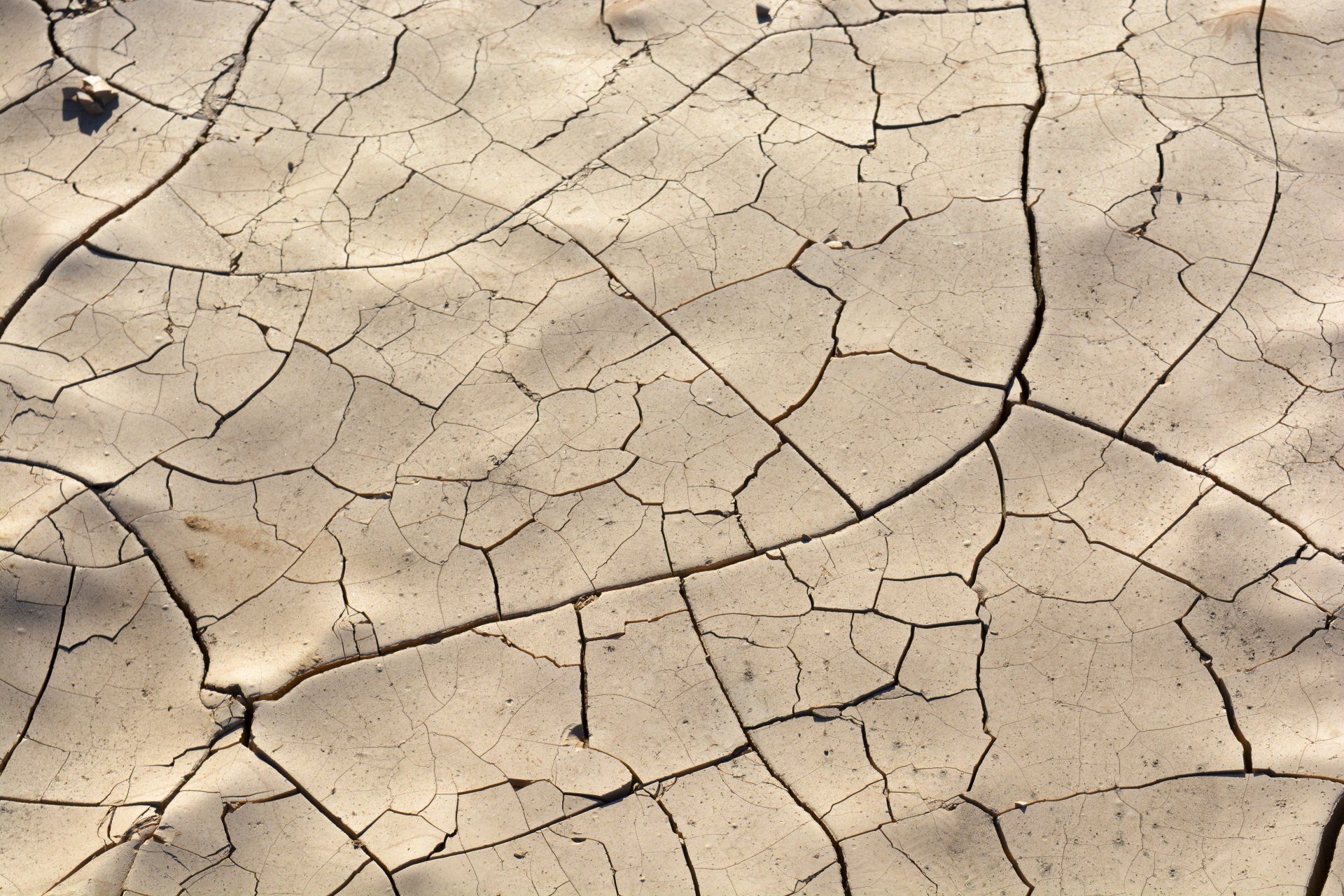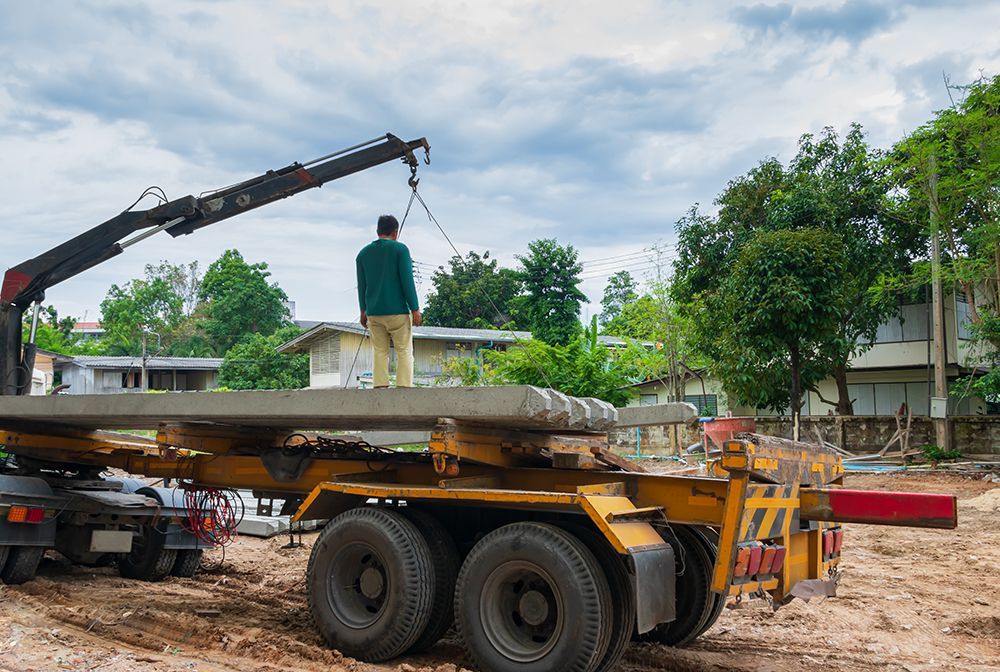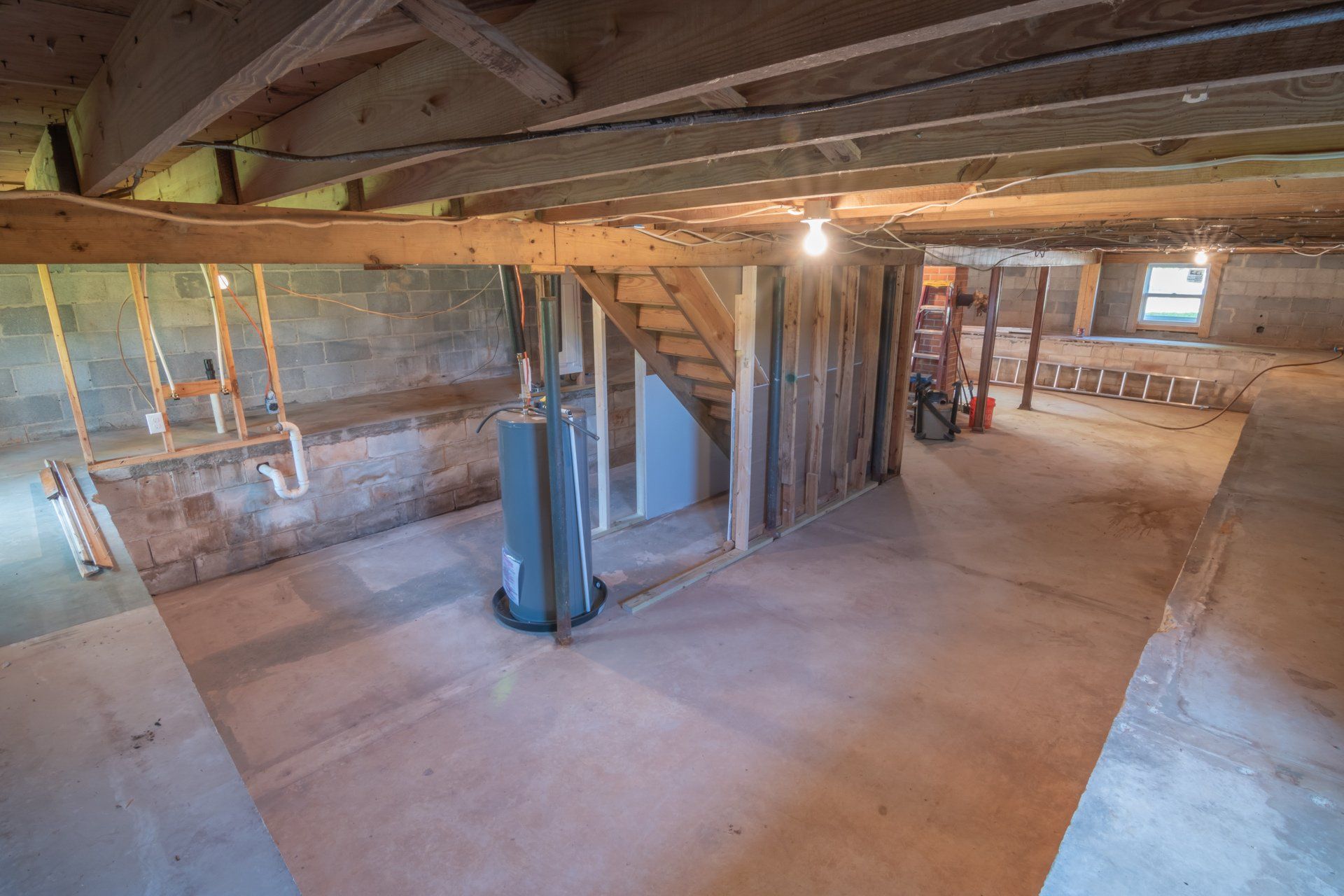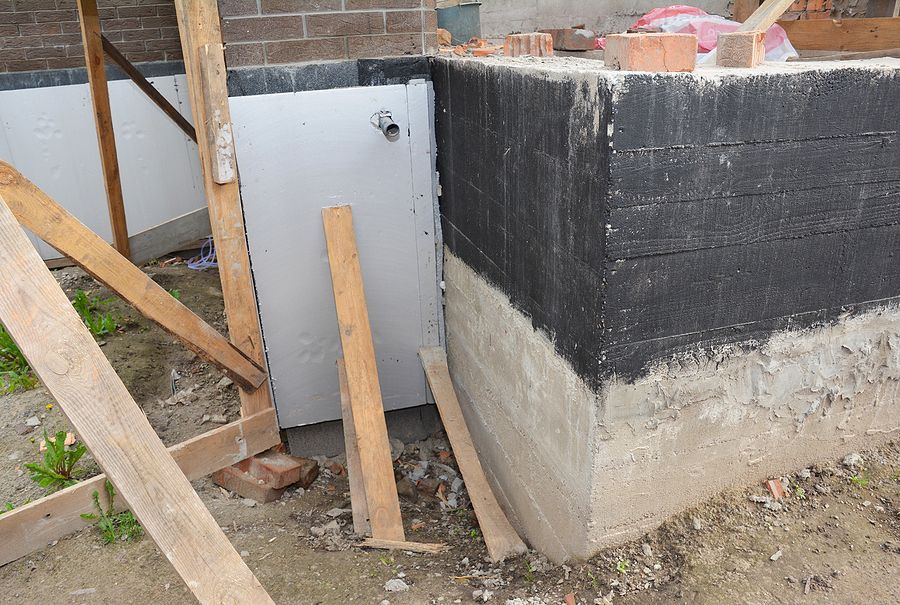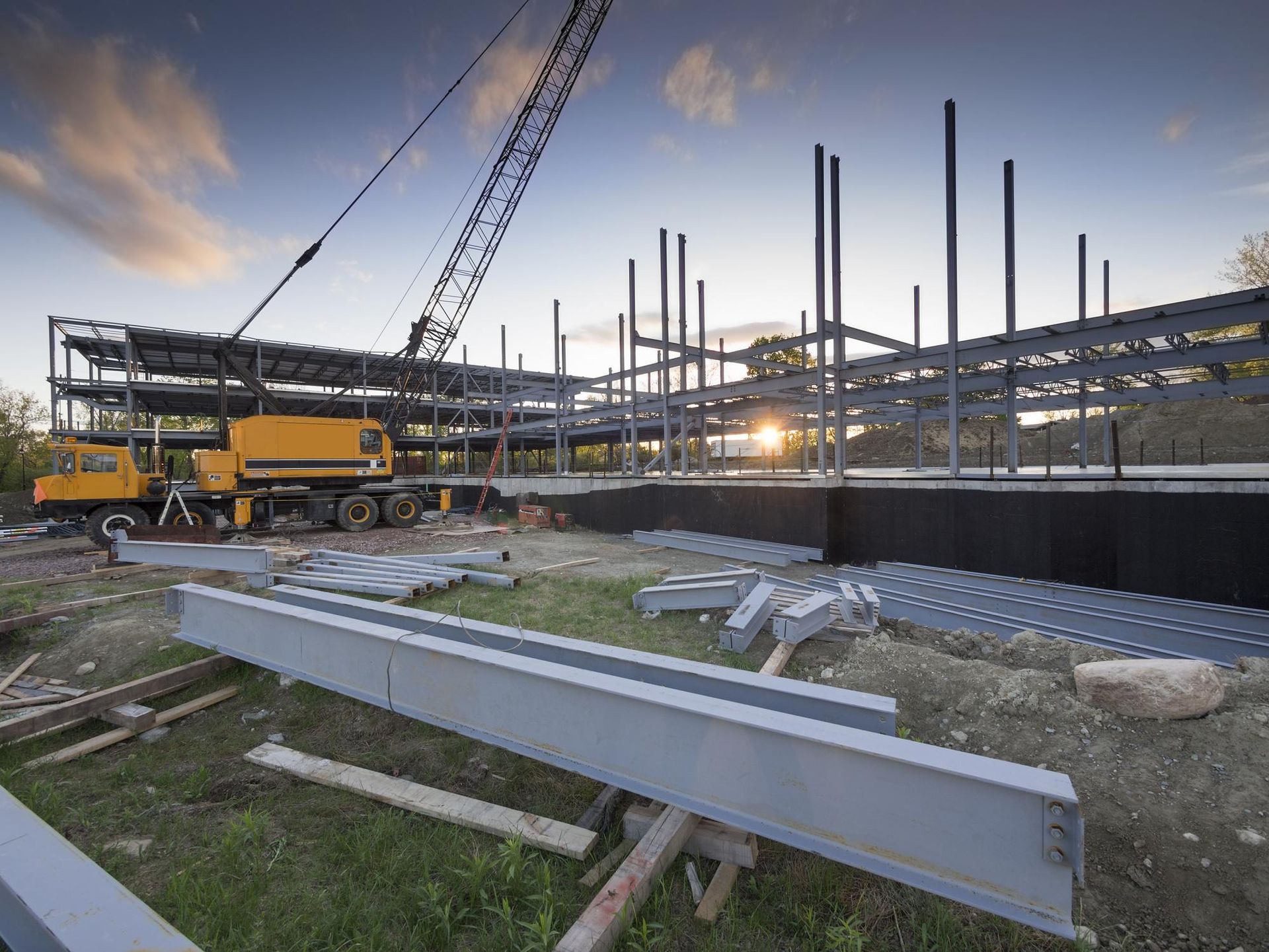Understanding and Addressing Cracks in Your Brick Wall
Cracking the Code: A Comprehensive Guide to Brick Wall Cracks
A sturdy brick wall can be a timeless and attractive feature of any home. However, over time, even the most well-constructed brick walls can develop cracks. These cracks, whether vertical, horizontal, or in the form of step cracks, can be a cause for concern. In this blog post, we will delve into the common types of cracks that can affect brick walls, explore their potential causes, and discuss how to address them effectively.

Vertical Cracks in Brick Walls
Vertical cracks in a brick wall are perhaps the most common type of crack homeowners encounter. These cracks typically run straight up and down and may vary in width. They can occur for several reasons, including:
a) Settlement: As a house settles over time, it can create stress on the brickwork, resulting in vertical cracks.
b) Foundation Issues: Problems with the foundation, such as shifting or settling, can transfer stress to the brick wall above it, leading to vertical cracks.
c) Thermal Expansion and Contraction: Extreme temperature changes can cause bricks to expand and contract, resulting in vertical cracks, especially in areas with frequent temperature fluctuations.
Addressing Vertical Cracks:
- For minor cracks, consider patching them with mortar or a suitable brick repair adhesive.
- If the cracks are extensive or indicate more significant structural issues, consult a professional structural engineer to assess the situation and provide guidance on necessary repairs.
Horizontal Cracks in Brick Walls
Horizontal cracks in brick walls are less common but more serious. They typically indicate more significant structural issues and should not be ignored. These cracks can result from:
a) Excessive moisture: Water infiltration can cause bricks to deteriorate and weaken, leading to horizontal cracks.
b) Expansive Soils: Soils with high clay content can expand and contract with moisture changes, exerting pressure on the wall and causing horizontal cracks.
Addressing Horizontal Cracks:
- It's crucial to consult a structural engineer immediately if you notice horizontal cracks in your brick wall.
- Depending on the severity and cause, solutions may range from repairing the affected area to addressing underlying drainage and foundation issues.
Step Cracks in Brick Walls
Step cracks are diagonal cracks that form a stair-step pattern along the mortar joints between bricks. These cracks can occur due to various reasons, including:
a) Differential settlement: When one section of the wall settles more than another, step cracks can develop.
b) Shifting foundations: Foundation movement or shifting can also lead to step cracks.
Addressing Step Cracks:
- As with vertical cracks, minor step cracks can often be repaired using mortar or brick adhesive.
- Consult a professional if you notice extensive step cracks, as they may be indicative of structural problems.
Preventive Measures for Brick Wall Cracks:
- Regular Inspections: Conduct routine inspections of your brick walls to detect and address cracks early.
- Proper Drainage: Ensure your home's drainage systems are functioning correctly to prevent water from seeping into the bricks.
- Maintain a Stable Foundation: Address any foundation issues promptly to prevent stress on the brickwork.
Cracks in brick walls can range from minor cosmetic concerns to serious structural issues. It's essential to identify the type, cause, and severity of the cracks to determine the appropriate course of action. For peace of mind and long-term structural integrity, consult with professionals when necessary.
Regular maintenance, proper drainage, and addressing foundation issues can go a long way in preventing cracks and preserving the beauty and functionality of your brick walls.
Question and Answer Session
In our previous article, "Understanding and Addressing Cracks in Your Brick Wall," we explored the different types of brick wall cracks and their potential causes. Now, let's dive deeper into this topic with a question and answer session to provide you with more insights and solutions.
Q1: Are all cracks in brick walls a cause for concern?
A1: Not necessarily. While all cracks should be examined, not all are a sign of structural issues. Minor cracks in the mortar, known as "hairline cracks," are often superficial and can be easily repaired for cosmetic purposes. However, larger, wider, or diagonal cracks can indicate underlying problems and should be taken seriously.
Q2: How can I differentiate between minor and major cracks?
A2: The key is in their size and pattern. Minor cracks are usually less than 1/8-inch wide and follow a straight line. Major cracks, on the other hand, can be wider and may exhibit diagonal, horizontal, or step patterns. If in doubt, it's advisable to consult a professional for an assessment.
Q3: Can I repair minor cracks in my brick wall myself?
A3: Yes, you can. Minor cracks can often be repaired using mortar or a suitable brick repair adhesive. Ensure you clean out loose material and dust from the crack, apply the repair product, and follow the manufacturer's instructions for the best results. However, if you're unsure or the crack is extensive, consulting a professional is a wise choice.
Q4: What should I do if I notice horizontal cracks in my brick wall?
A4: Horizontal cracks are a cause for concern, as they can indicate significant structural issues or water damage. It's crucial to consult a structural engineer or a professional contractor immediately. They will assess the situation, identify the underlying problem, and recommend the appropriate course of action, which may include foundation repair and waterproofing.
Q5: How can I prevent brick wall cracks from occurring in the first place?
A5: Preventive measures include regular inspections, proper drainage maintenance, and addressing foundation issues promptly. Keep an eye on your walls, fix minor issues as they arise, and ensure that water doesn't accumulate near your foundation.
Q6: Can climate and weather conditions affect brick wall cracks?
A6: Yes, climate and weather play a role. Extreme temperature fluctuations can cause bricks to expand and contract, potentially leading to cracks. Additionally, excessive moisture from rain or snow can weaken the brick's structure over time, making them more susceptible to cracking.
Q7: Are there any long-term solutions for preventing brick wall cracks?
A7: Yes, some long-term solutions include installing expansion joints in the brickwork to accommodate thermal movement, using high-quality bricks and mortar during construction or renovations, and ensuring proper soil compaction during foundation work. Regular maintenance and drainage improvements can also contribute to long-term wall health.
Q8: Can I still enjoy the aesthetic beauty of a brick wall after repairs?
A8: Absolutely! Skilled professionals can perform repairs that are both structurally sound and aesthetically pleasing. When done correctly, repairs should seamlessly blend with the existing brickwork, preserving the charm of your brick wall.
In conclusion, understanding brick wall cracks is essential for maintaining the integrity and beauty of your home. While minor cracks may be DIY-repairable, it's always wise to consult professionals for major cracks, as they may indicate deeper issues. Remember that prevention is key, so regular inspections and maintenance can go a long way in ensuring the longevity of your brick walls.

